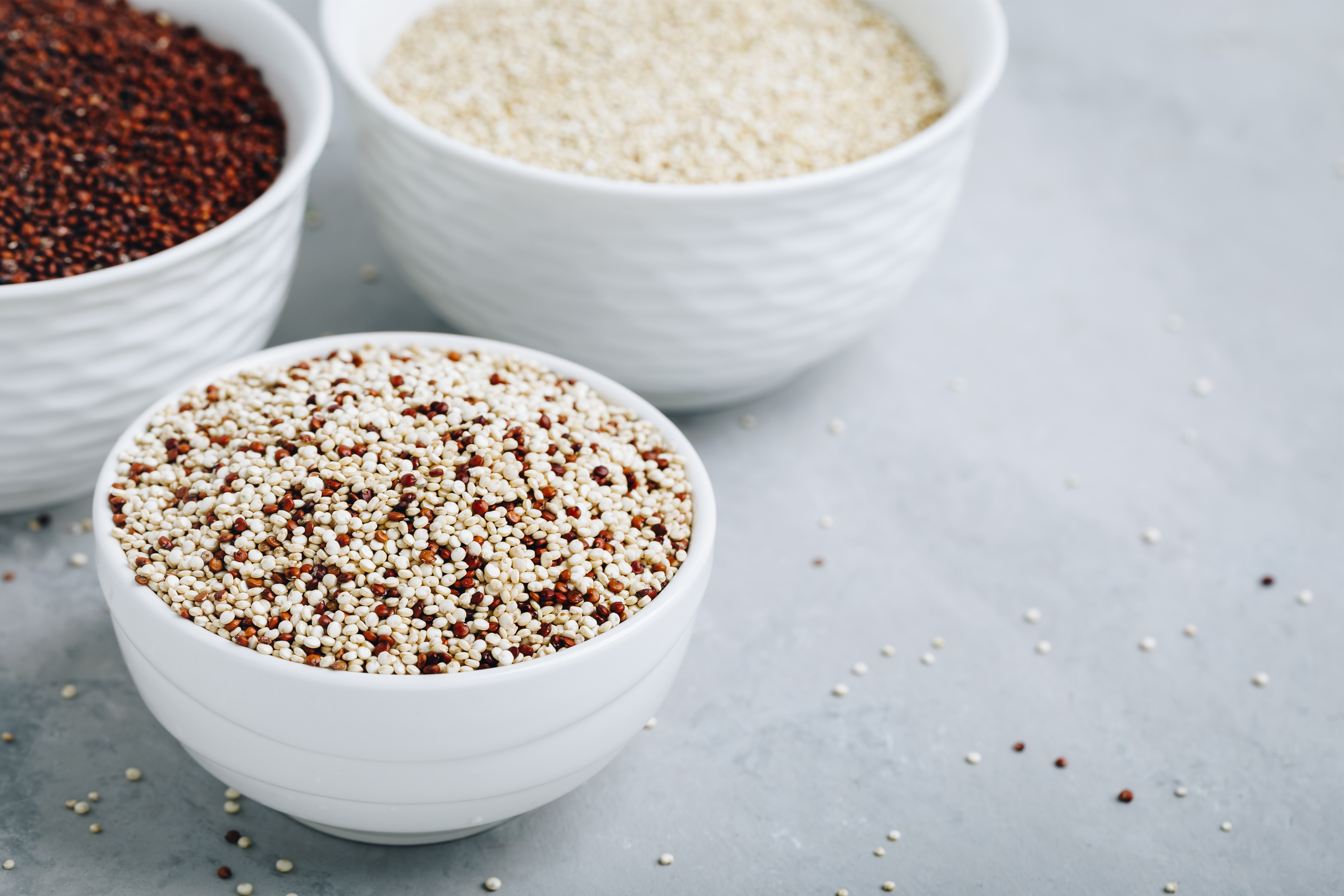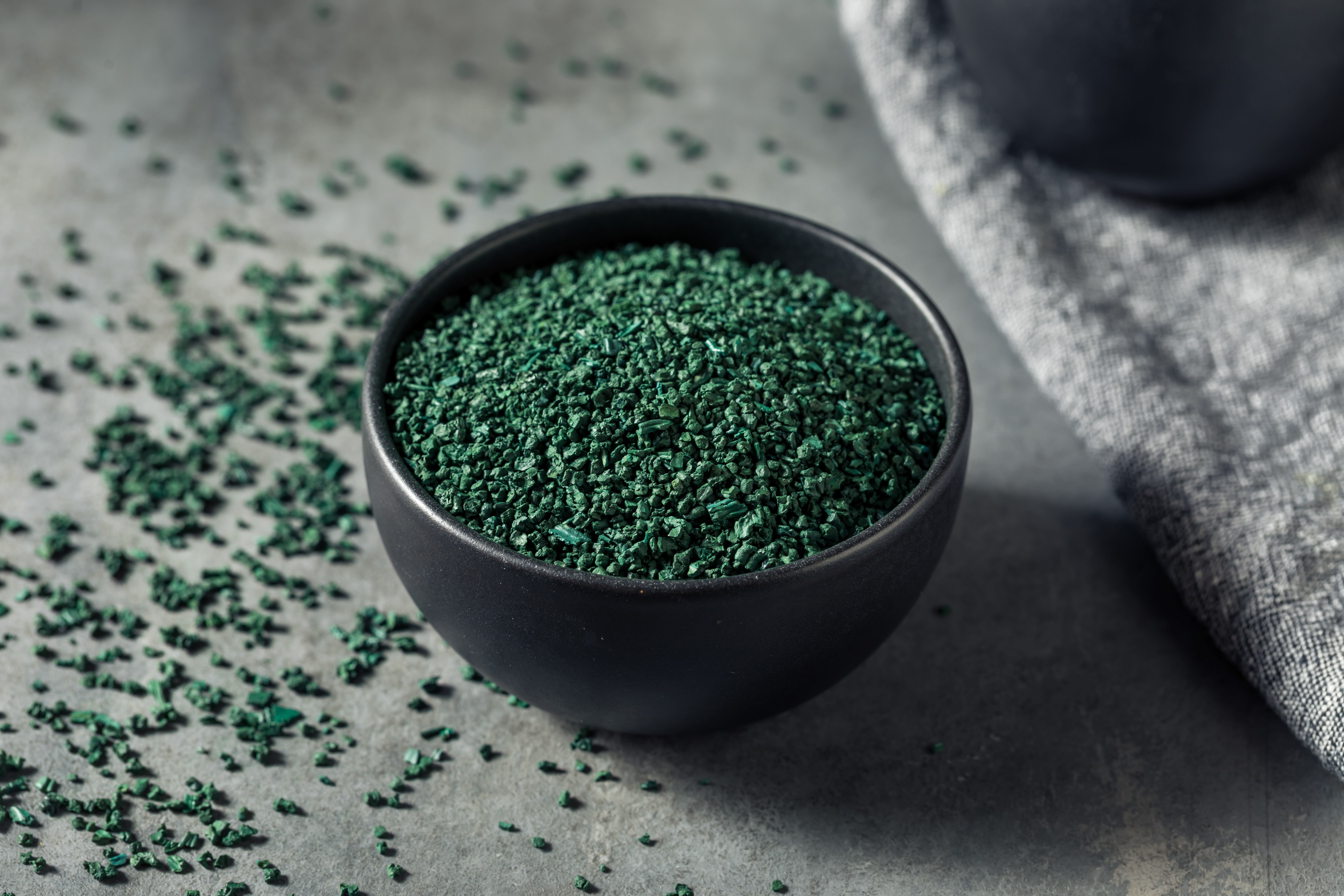A Dietitian's Guide to Lowering Cholesterol Without Medication
61. The Surprising Benefits of Quinoa: The Saponin Scrubber

While quinoa is celebrated as a whole grain, its cholesterol-lowering power comes from a different angle: saponins. These naturally bitter compounds coat the outside of quinoa grains and, when consumed, bind to cholesterol and bile acids in the small intestine. This prevents their absorption and helps sweep them out of the body, forcing the liver to use up more cholesterol to replenish its bile supply. Quinoa's high fiber and protein content also contribute to satiety and blood sugar control, which are both crucial for maintaining a healthy lipid profile. Simply rinse quinoa thoroughly before cooking to remove some of the bitterness from the saponins.
62. The Power of Spirulina: The Phycocyanin Powerhouse

This vibrant blue-green algae is a potent superfood that fights high cholesterol with a unique compound called phycocyanin. This antioxidant has been shown to inhibit an enzyme in the liver that synthesizes cholesterol, which directly helps to lower LDL levels. Research indicates that consuming spirulina can not only reduce total and LDL cholesterol but also increase beneficial HDL cholesterol, offering a balanced improvement in your lipid profile. Available in powder or tablet form, adding spirulina to smoothies or juices is a simple and effective way to harness its detoxifying and cholesterol-lowering properties.
